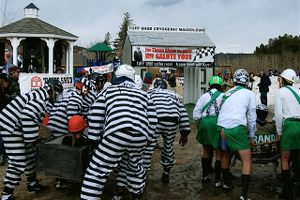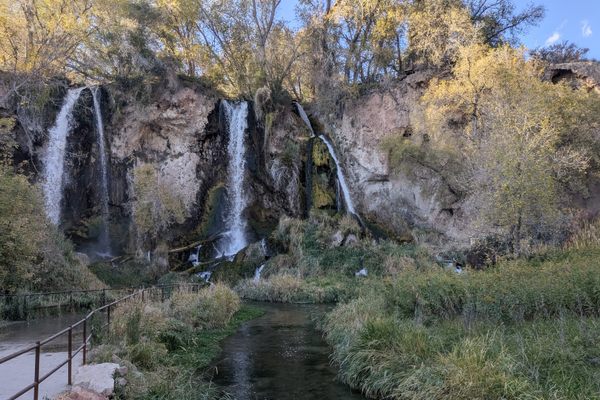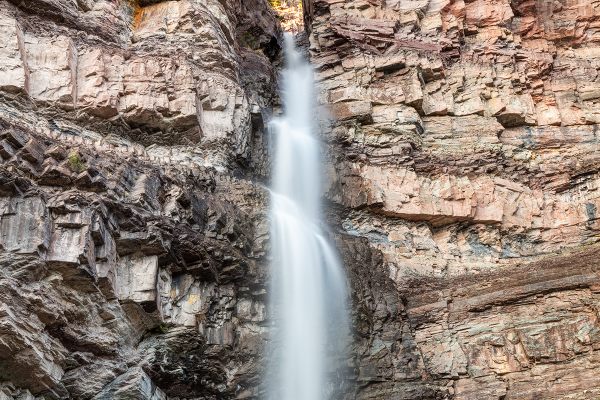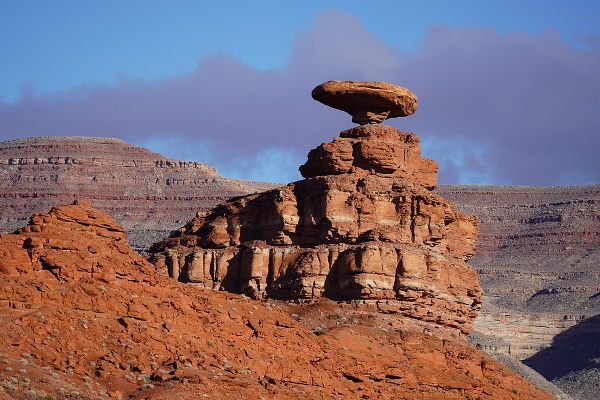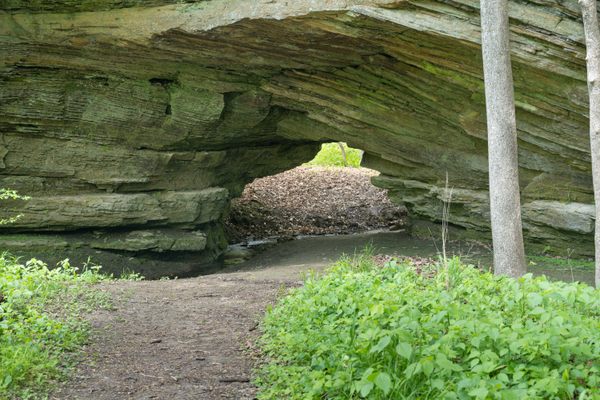About
Estes Park has long been a popular place for tourists coming to visit Rocky Mountain National Park. Perched on a hill in the heart of downtown is an important site in the process that made this little mountain village the tourism juggernaut that it is today.
In 1903, Denver Post editor Albert Birch began spending his summers in Estes Park. He grew to love the natural beauty and easy access to Denver and Fort Collins so much that he hired stonemason Carl Piltz to build a small bungalow on a rocky outcropping in the middle of the town, which Birch named "Jacob's Ladder" for the steep climb he had to make to access the house. From this point, Birch could enjoy majestic views of the Front Range and its centerpiece Longs Peak.
However, a few years later in 1907, the bungalow caught fire. The precise cause of the fire is unknown, but the house was a total loss. All that remained were the stone walls and fireplace that exist today. Their survival is a testament to the skill of Carl Piltz, who went on to become a highly regarded architect in the area.
After the loss of Jacob's Ladder, Birch built a small cabin at the bottom of the hill for use as a summer home up until the 1980s, which still stands today. Twenty years later, the Town of Estes Park assumed ownership of the site, now known as the Knoll-Willows Open Space. It operates as a public park, and visitors can enjoy commanding views of the town and mountains from the ruins of Birch's retreat.
Related Tags
Know Before You Go
The Birch ruins can be accessed via a 0.4-mile roundtrip trail. The trail is a bit rocky and exposed, but the views are worth it. Paid parking is at the bottom of the hill, and free parking is available near the Estes Park Visitor Center.
Published
September 19, 2024

















